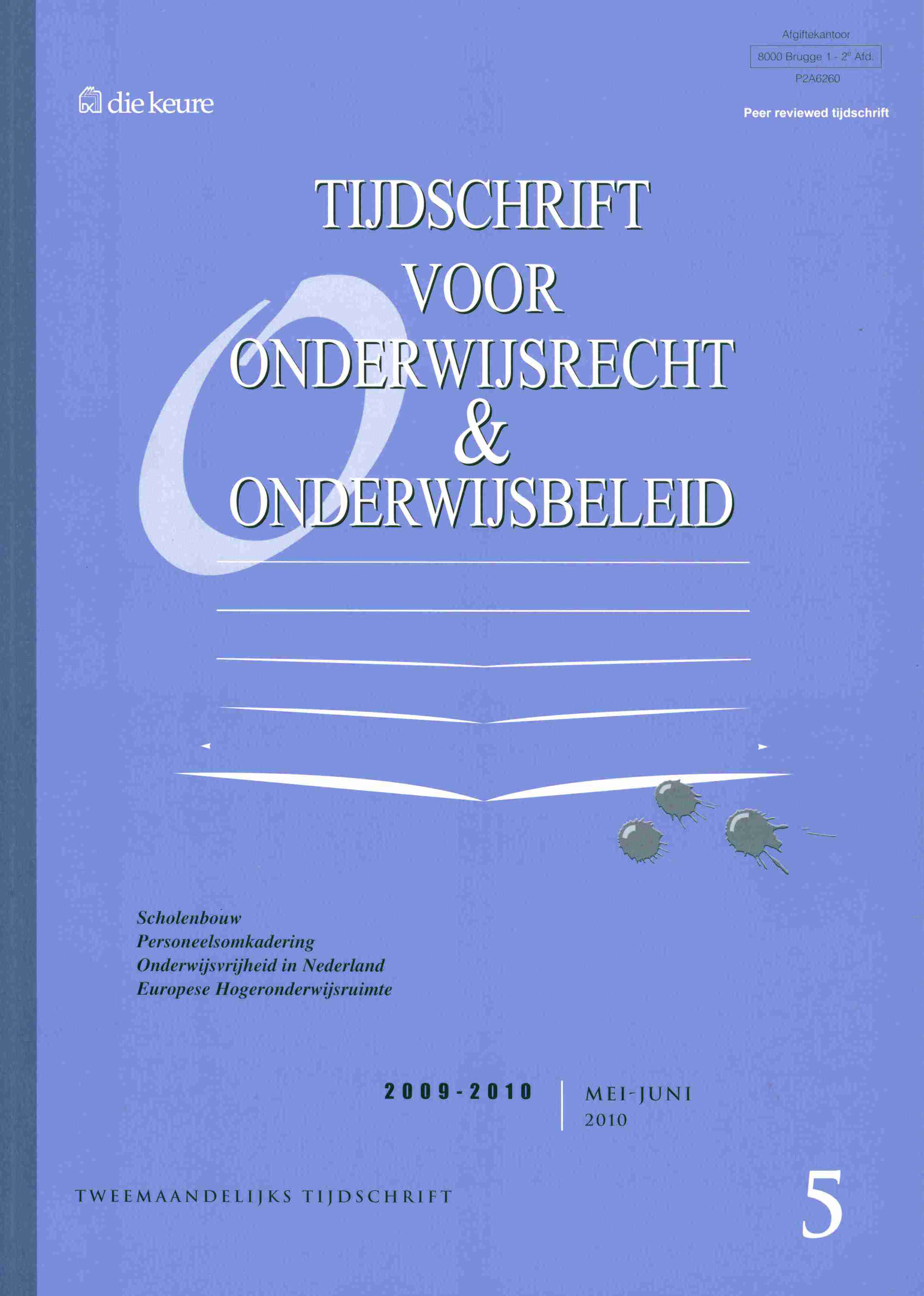Financiële grenzen aan de vierde dimensie van de Europese hogeronderwijsruimte. Een nieuwe balans in de uitspraken van het Hof van Justitie van de EU.
 The European Court of Justice influenced more heavily than many still think the development of a European legal and financial framework for higher education and research. The case-law of the ECJ directly affects students, States and institutions in clarifying who is paying for what under which conditions. Yet, even with this guidance and the discipline of the Court, the Bologna countries still have a long road ahead before a true European Higher Education Area has been created.
The European Court of Justice influenced more heavily than many still think the development of a European legal and financial framework for higher education and research. The case-law of the ECJ directly affects students, States and institutions in clarifying who is paying for what under which conditions. Yet, even with this guidance and the discipline of the Court, the Bologna countries still have a long road ahead before a true European Higher Education Area has been created.
The authors argue that most cases about financial support and access stem from an implicit, almost inevitable misfit between the judicial branch and the executive branch. This is also what the 2010 Bressol/Chaverot case is about. The ECJ further clarified and delimited the possible reasons to draw up boundaries of access for students from other Member-States. For example: the choice for a loan or grant system is irrelevant, but proportionality is.
Kwikkers & Van Wageningen distinguish two ways of approaching the matter: a legal one that furthers EU-citizenship and equality, versus a financial-economic one that makes a possible financial burden for the national state to paramount argument to limit access of foreign students. It seems, however, that the Commission and the ECJ are acknowledging the (financial) implications of their integration policies.
